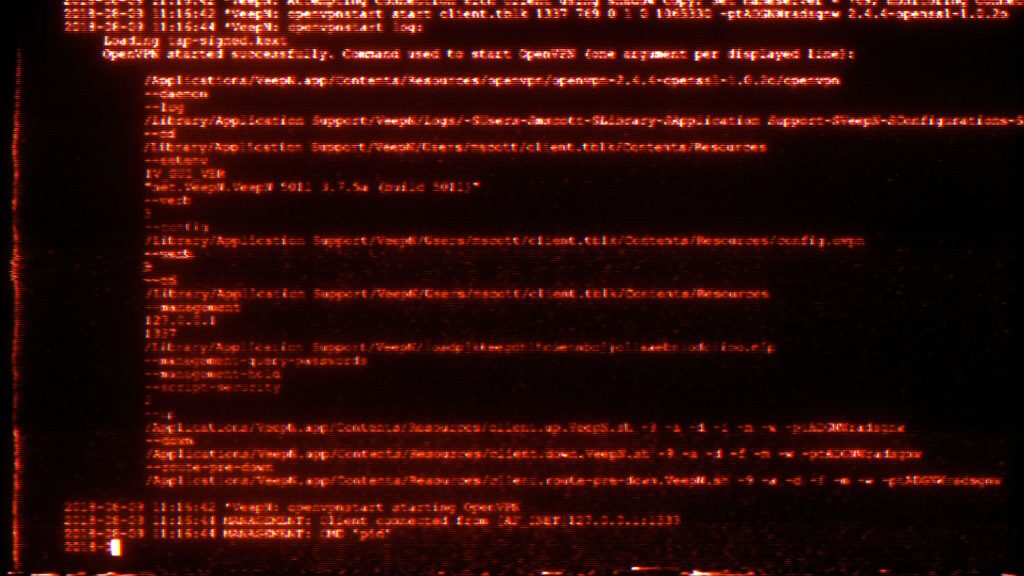Stealthy Malware Has Infected Thousands of Linux Systems for Years
For years, a stealthy malware has been infecting thousands of Linux systems, capable of evading detection and persisting on compromised machines.
Security researchers have recently discovered the malware, known as “HiddenWasp,” that has been quietly operating since at least 2018.
HiddenWasp is believed to be the work of a sophisticated threat actor, using advanced techniques to avoid detection and maintain control over the infected systems.
The malware is distributed through a variety of methods, including compromised software downloads and phishing emails, making it difficult to prevent.
Once installed on a system, HiddenWasp can perform a range of malicious activities, from stealing sensitive data to launching DDoS attacks.
Researchers have warned that HiddenWasp represents a significant threat to Linux systems, and urge organizations to take steps to protect themselves.
To safeguard against HiddenWasp and similar threats, experts recommend implementing strong security measures, such as regularly updating software and using antivirus programs.
Additionally, organizations should monitor their systems for signs of suspicious activity and conduct regular security audits to detect and remove any malware.
By staying vigilant and proactive, Linux users can help prevent the spread of stealthy malware like HiddenWasp and protect their systems from harm.










More Stories
Tesla’s Cybertruck Goes, Inevitably, to War
What Google’s U-Turn on Third-Party Cookies Means for Chrome Privacy
License Plate Readers Are Creating a US-Wide Database of Political Lawn Signs and Bumper Stickers